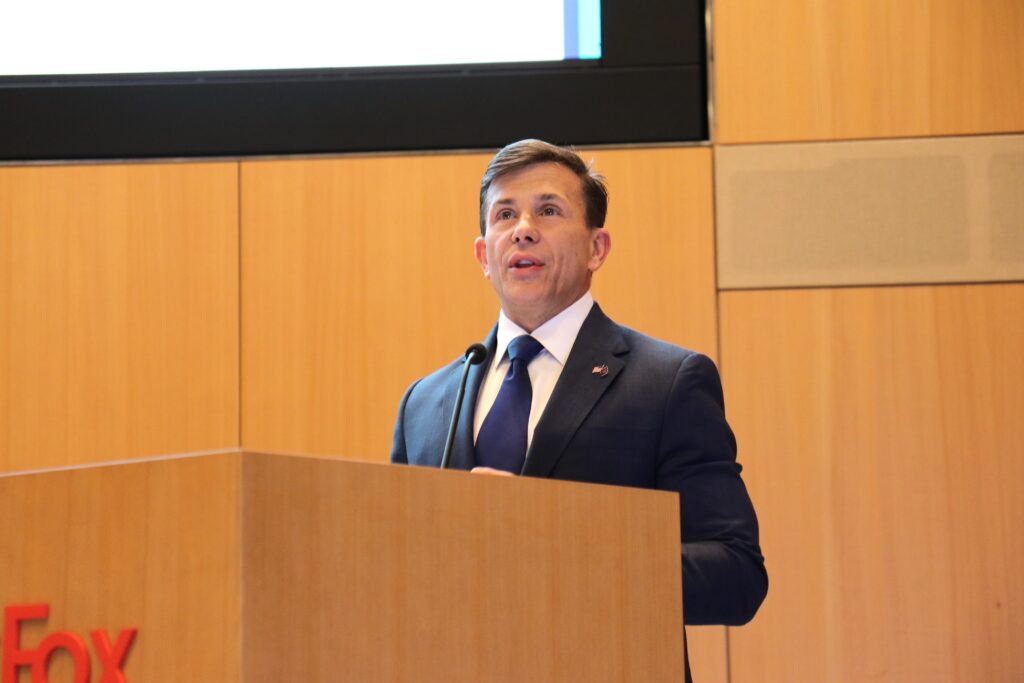Regenerative farming is not only beneficial for soil and crops “but also improves the nutritional value of conventionally grown plant and animal foods,” but the shift to it is too slow “to address the threat to a resilient and sustainable food supply presented by climate change and biodiversity loss.”
That’s the key conclusion of the leading global food and farming businesses comprising the Sustainable Markets Initiative (SMI), which released an action plan on how to scale regenerative farming, which can cut emissions while improving soil health and biodiversity.
SMI, launched at the World Economic Forum Annual Meeting in Davos in 2020, is “to build a coordinated global effort to enable the private sector to accelerate the transition to a sustainable future.”
Agribusiness Task Force’s recommendations
According to the report’s findings, there are three main reasons why regenerative farming is not scaling:
- The short-term economic case is not compelling enough for the average farmer.
- There is a knowledge gap in how to implement regenerative farming.
- Drivers in the value chain aren’t aligned to encourage regenerative farming.
Regenerative farming practices (like cover crops and low-till or no-till farming) allow us to grow more crops sustainably. But “the rate of growth needs to triple to reach 40% of global cropland by 2030 and deliver against the world’s need to limit climate change to 1.5 degrees,” SMI’s report says.
The 12-strong cross-industry Agribusiness Task Force prepared the report, which calls for “market-based financial incentives for environmental outcomes, targeted government policy and an overhaul of food sourcing” to make regenerative agriculture “a ‘no brainer’ business decision for farmers.”
“Global food security is under threat and climate change is impacting an ever-growing number of communities around the world. To tackle these challenges at the same time, we need to accelerate the transition to a more sustainable and resilient global food system,” said Werner Baumann, CEO of Bayer, a member of the Biotechnology Innovation Organization (BIO).
Admitting that “regenerative farming is not an exact science,” the report nevertheless outlines five things we can do to speed it up:
- Agree on common metrics for environmental outcomes.
- Build farmers’ income from environmental outcomes.
- Create mechanisms to share the cost of farmers’ transitions.
- Ensure government policy rewards farmers for transition.
- Source differently to share cost across value chains.
“We can only achieve this if we as an industry collectively step up our efforts to adopt regenerative farming practices and drive sustainable innovation across the entire food value chain,” Baumann added.
COP27 Terra Carta Action Forum
The SMI has been busy during COP27, where it put on full display its convening power at the Terra Carta Action Forum.
The Terra Carta mandate SMI launched in 2021 “puts sustainability at the heart of the private sector, providing a proposed set of principles to 2030 that puts nature, people and planet at the heart of global value creation.”
The two-day event brought together 26 CEOs, government representatives, NGOs, and public sector organizations that discussed a “range of topics such as scaling blended finance, the energy transition, sustainable air travel, agribusiness, sustainable buildings, and regenerative fashion.”
Three announcements stemmed from the forum “as industry-led signposts guiding both the private and public sectors towards a more sustainable low-carbon future”:
- Sustainable Buildings Task Force issued a white paper outlining actions to accelerate the decarbonization of the built environment.
- Energy Transition Task Force published a framework with Sustainable Fitch to accelerate global progress to net zero.
- Sustainable Aviation Fuel (SAF) pocket guide was released following a session led by Heathrow Airport CEO, John Holland-Kaye, calling private sector businesses to commit to 30% SAF usage by 2030.




